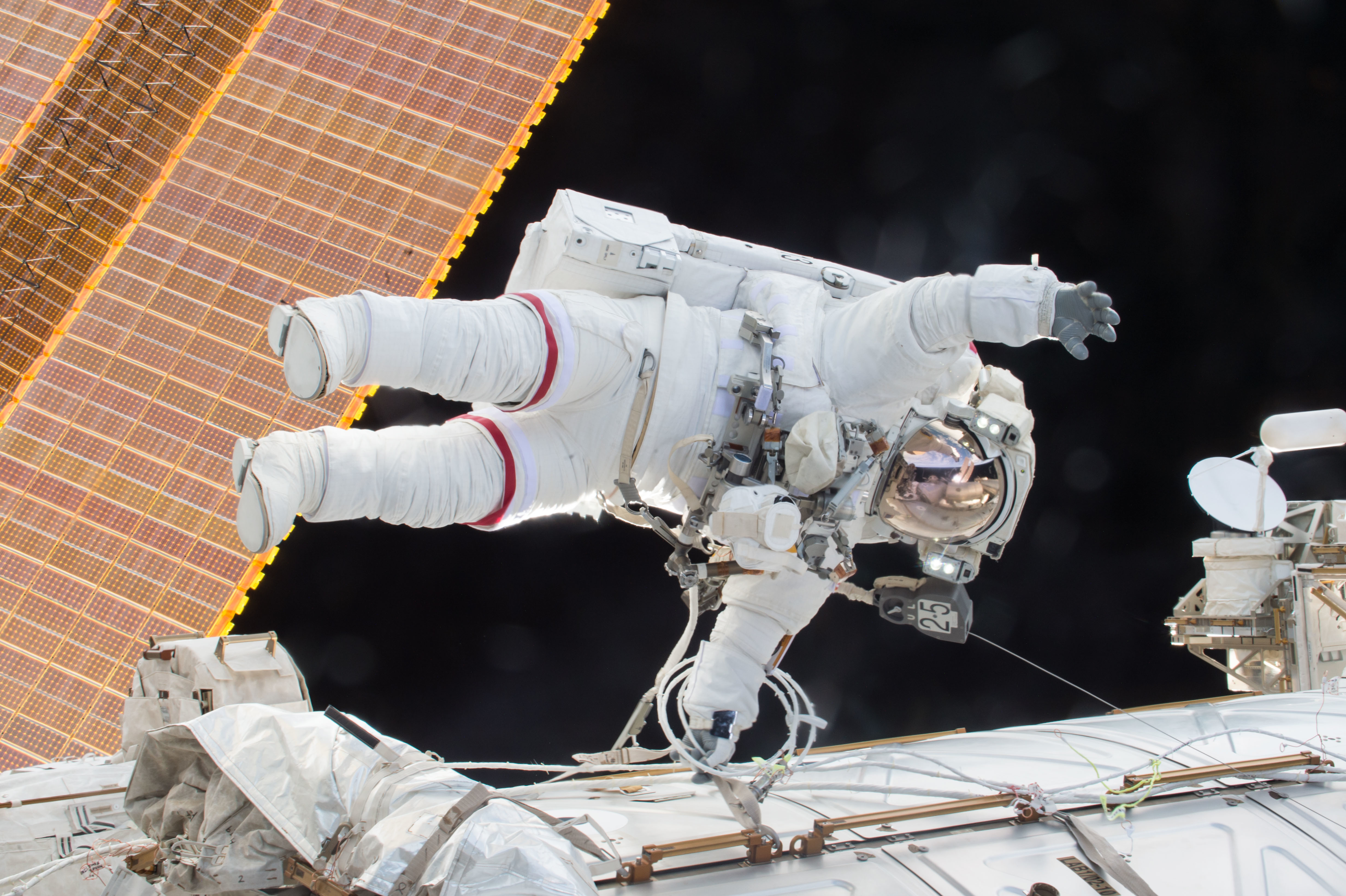How the Trip to Mars Will Change Astronauts’ Brains

There are a lot of issues when considering a one-way mission to Mars. Fuel is a primary concern, to which experts, like Ronald Garan, a retired NASA astronaut, suggest a moon base where we could build a pit stop to the rest of the solar system:
That’s a good solution, but scientists still have to consider the cancerous dust on Mars as well as managing a safe landing. But Francie Diep from Pacific Standard writes that researchers have found yet another issue on the trip toward the red planet that may have devastating effects on the Mars crew. A new study suggests that the spacecraft to Mars will require more protective plating, which means extra weight on the craft. The reason being to protect astronauts from “exposure to the spectrum of highly energetic nuclei that comprise galactic cosmic rays.”
The researchers say that trips to the moon — outside of Earth’s protective magnetosphere — have only ever lasted a matter of days, but the Mars mission will have to involve months out in open space.
Charles Limoli, a radiation oncologist at the University of California-Irvine, headed up the study. The research team used mice to test the effects of exposure to radiation similar to the kind of cosmic rays astronauts would be exposed to on a long-term mission.
Limoli said:
“I would expect the very same thing to occur in the human brain. Their brains aren’t that different in terms of response to radiation.”
After exposing one group of mice to six weeks of charged particles, the researchers subjected them to a series of tests. When pitted against a group of healthy mice, they found the exposed groups performed poorly on tests where they had to recognize when toys were moved within their cage and replaced with new toys.
What’s more, after dissecting the mice, the researchers found that many branches in the mice’s brain cells were missing in the mice’s prefrontal cortex. Limoli explains that it’s uncertain how exactly this condition would affect human behavior, but he says it isn’t life-threatening. However, if the mice are any indication, the exposed astronauts may experience trouble with adapting to new situations — a must for life on a new world.
The researchers write that the “underlying radiation sensitivity of delicate neuronal structure may well predispose astronauts to unintended mission-critical performance decrements and/or longer-term neurocognitive sequelae.”
Just another hurdle for scientists to figure out how to get to Mars by 2020.
Read more at Pacific Standard.
Photo Credit: Shutterstock




